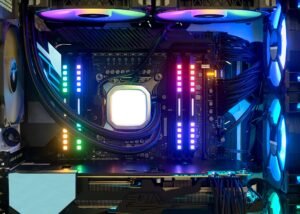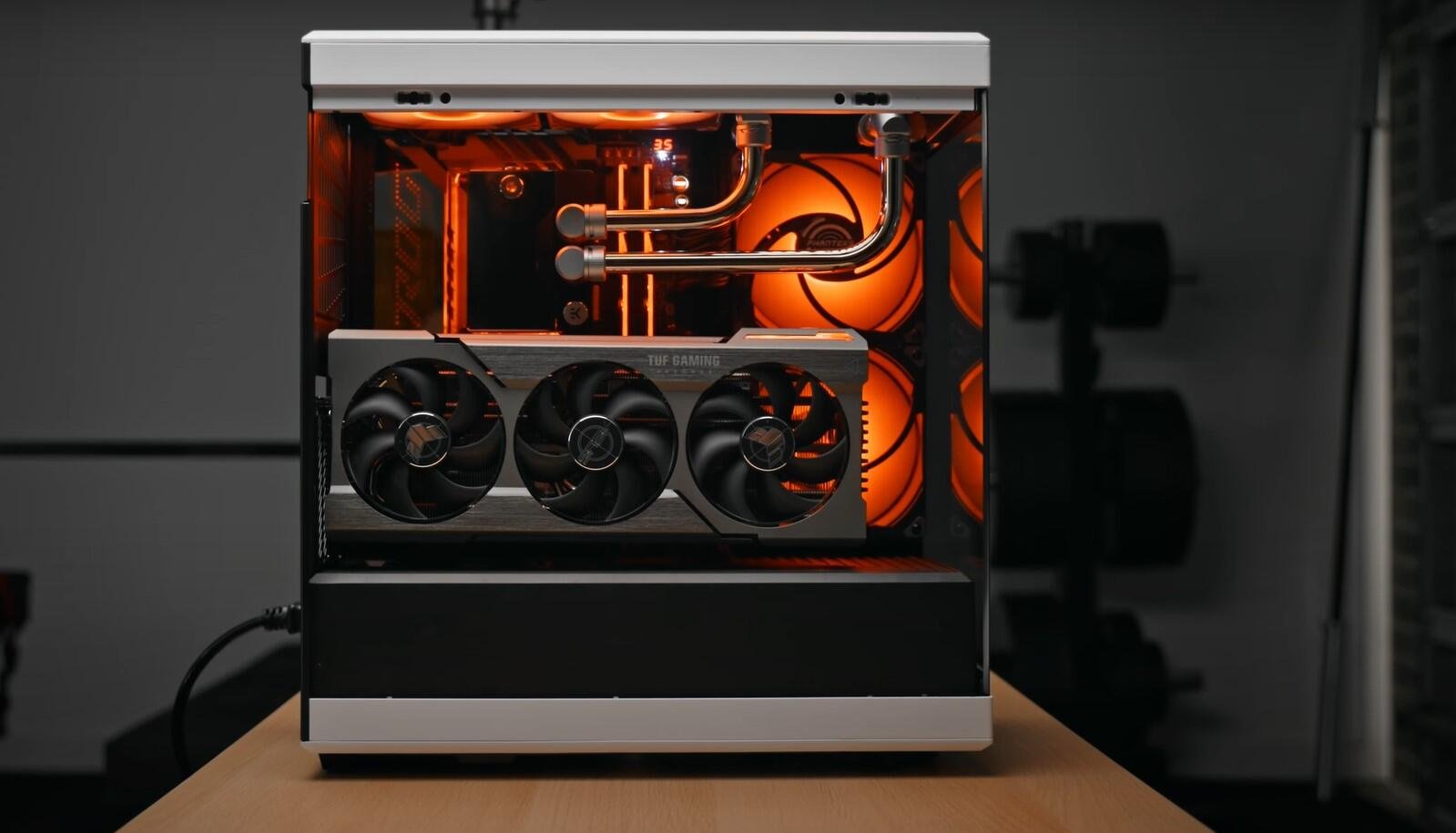
amd pc
Gaming PC using the Hyte Y40 case.The case has uninterrupted glass on the front and sides, making it look like a fish tank.
It has a different approach to ventilation compared to other cases, which is refreshing.It is smaller than other mid-tower cases and can accommodate a top-mounted 360mm radiator.
GPUs can only be mounted vertically, and there is ventilation for the vertical mount.The case can feel a bit plasticky in some areas, but overall it is well-designed.
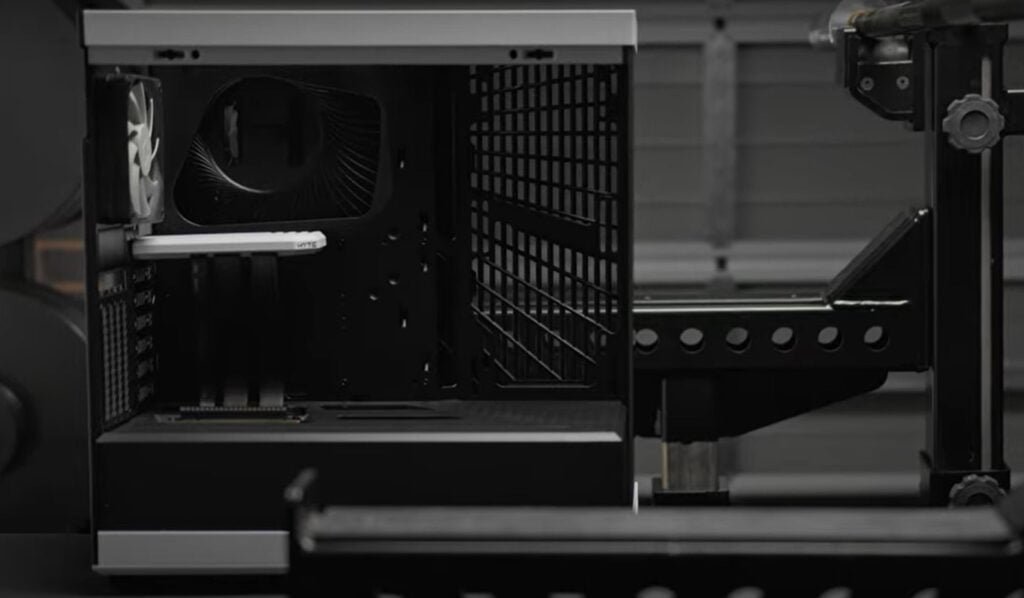
The build will start with the CPU, and the AMD Ryzen 7950X3D will be used.The build theme is the fastest AMD gaming PC.
The motherboard used is the ASUS X670E Crosshair Hero, which is a beast of a motherboard.The memory used is the fastest option available, a blistering 7200 MHz kit from G-Skill.
The build will use the DDC CPU pump block from EK, which is a small package that has all the fittings, tubing, and pump.The build will use the be quiet! Dark Power Pro 1200 power supply, which is 80+ Titanium rated and should operate near silently.
The tubing used will be pre-bent nickel-plated brass tubing from EK.
CPU and Motherboard
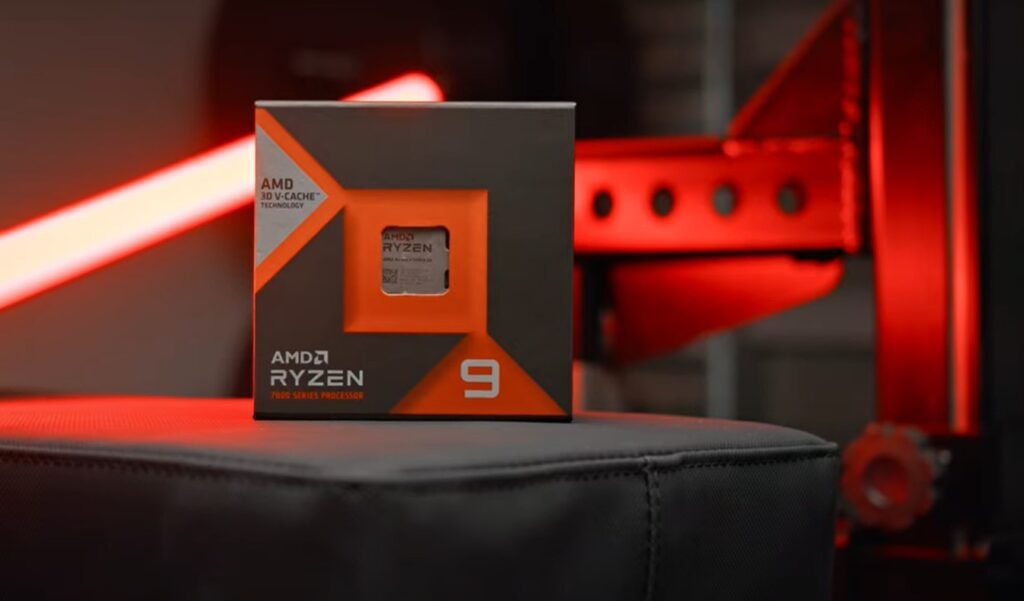
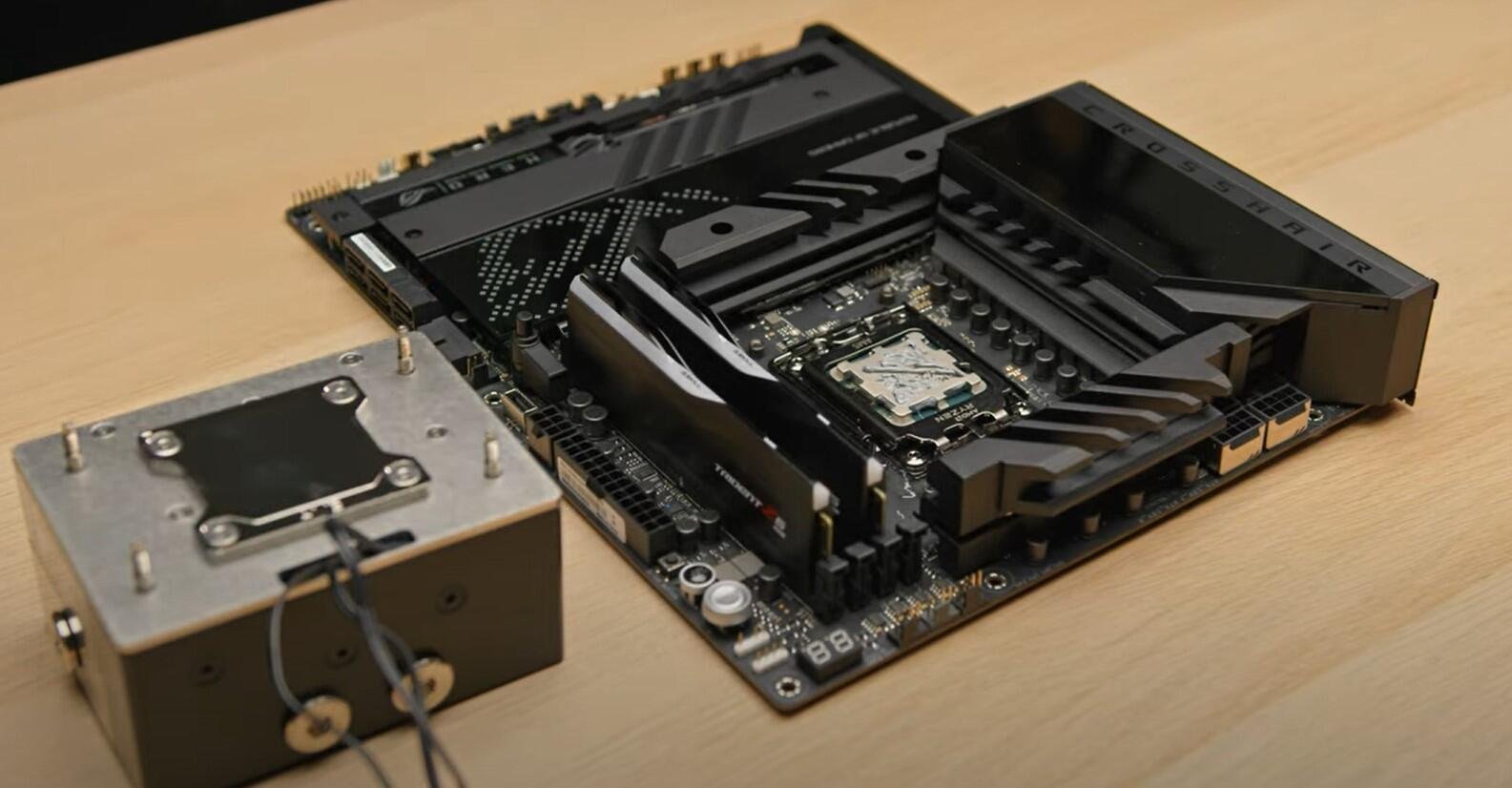
The CPU used is the AMD Ryzen 7950X3D, the current flagship CPU and technically the fastest CPU outright.The ASUS X670E Crosshair Hero is the motherboard used in the build, and it has all the features you would expect from a flagship board.
The heatsinks are huge and cover a monster VRM, and there is a ridiculous rear I/O.It also has some pretty convenient start and reset buttons.
Memory
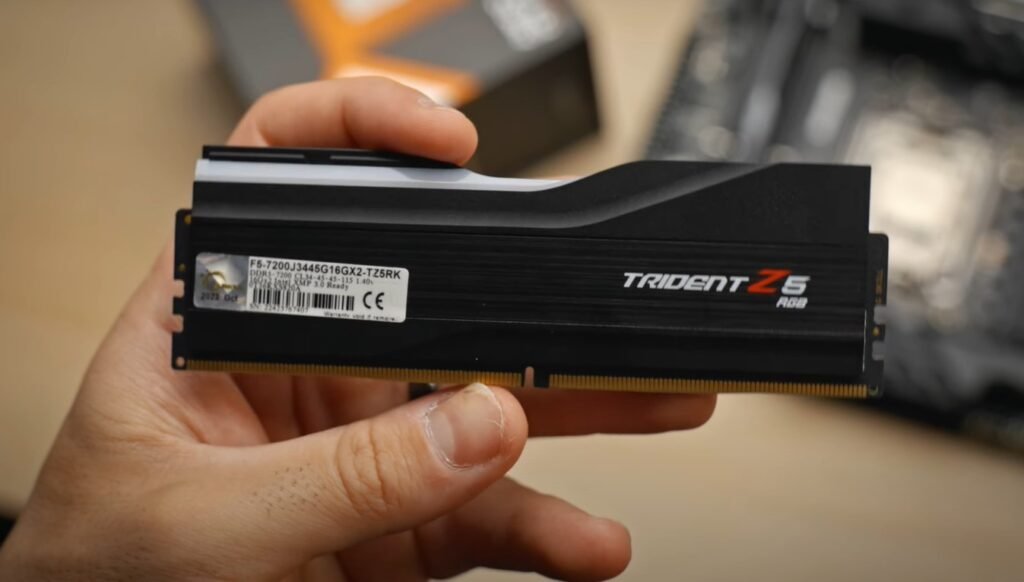
The memory used is a blistering 7200 MHz kit from G-Skill.The kit has been tested on board with the CPU, and it can get 6000 MHz CL30 with some pretty tight timings.
This results in a nice boost over a standard memory kit.
DDC CPU Pump Block
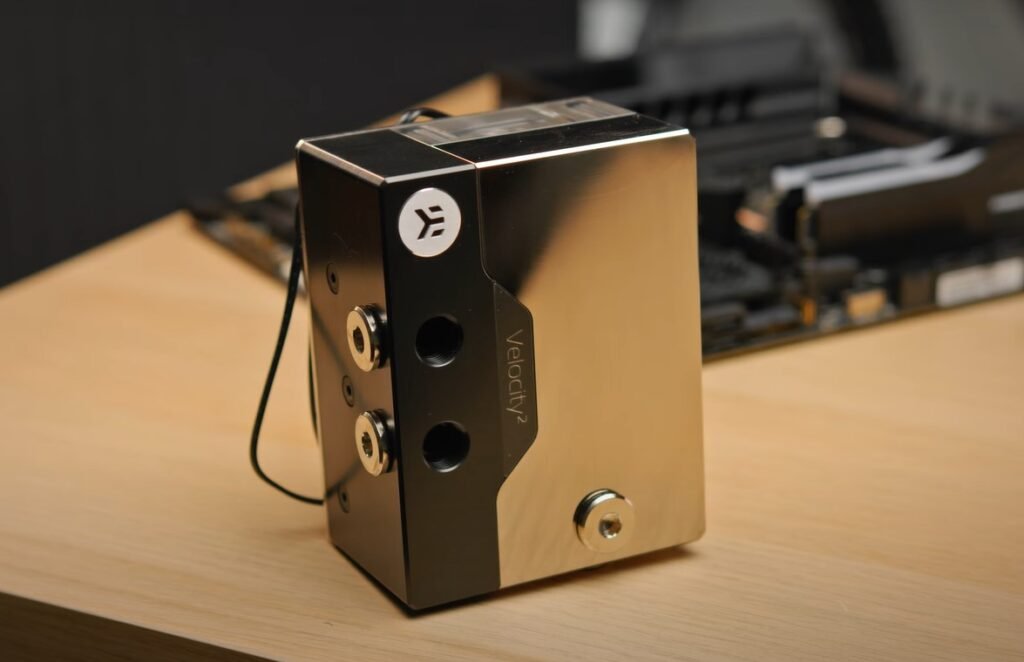
The DDC CPU pump block from EK is a small package that has all the fittings, tubing, and pump.It is the most overkill and premium version of a CPU pump block out there.
It has the most port options and is also a heavy motherboard setup.The installation was surprisingly easy for the AM5 model used in the build.
Power Supply and Cabling
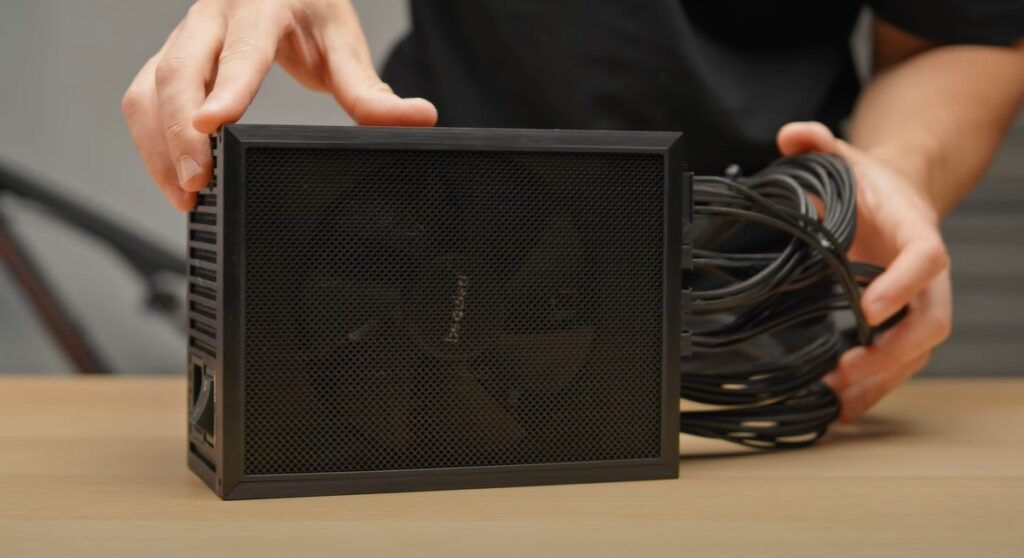
The be quiet! Dark Power Pro 1200 power supply is used in the build, and it comes with sleeve cables.The cables are not up to spec with a cable mod kit but are better than stock wiring.
Cooling
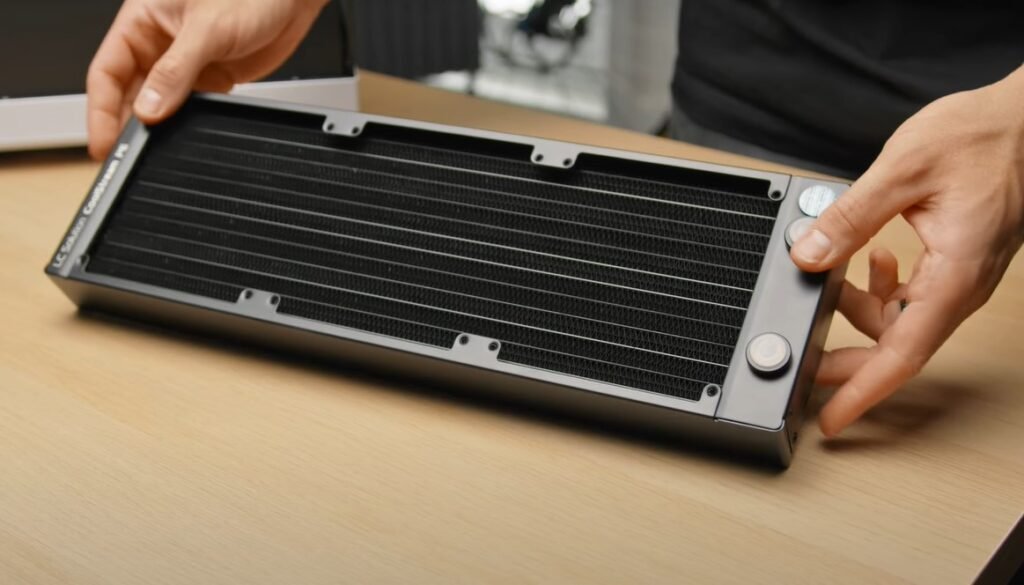
The build will use the XSPC radiator, which is a side-mounted 280 radiator that fits perfectly in the case.The tubing used will be pre-bent nickel-plated brass tubing from EK.
The tubing will be paired with their satin fittings, which will look clean and new even after multiple builds.The build will use air cooling for the GPU.
Metal Tubing
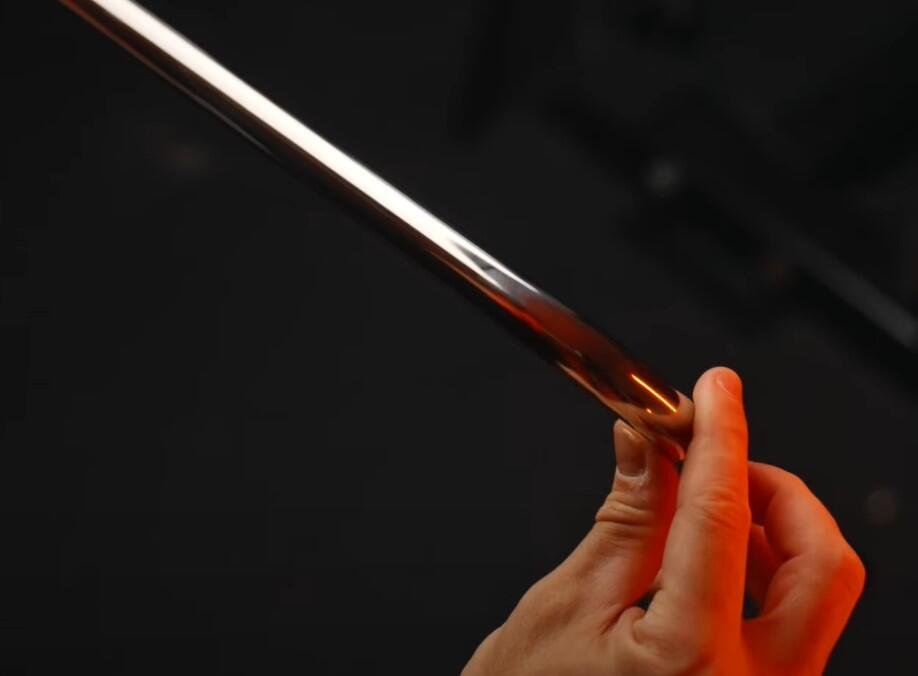
To clear the RAM dims and fill up empty space, metal tubing is cut and added to the case.Normal tubing is cut by tightening the blade and cutting into the metal until there is little resistance.
Every cut is given a moderate sand to smooth out the edges with regular 240 grit sandpaper.Skipping sanding can cause O-ring damage leading to a greater chance of a leak.
Tubing length is fine-tuned by making the first cut conservatively and the second or third cut precise.The metal tubing is used to make the build look space-optimized and dense.
The finished result is parallel tubing runs that look clean and reflect light well.
GPU Installation
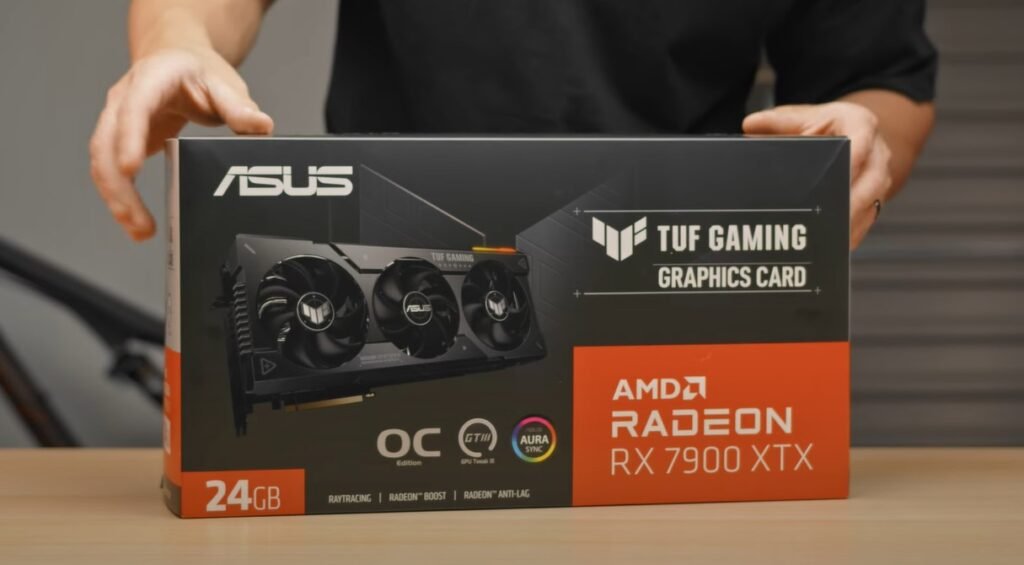
The specific model used in this build is the Asus TUF OC, which is over three and a half slots in thickness, 353mm in length, and has three 8-pin power connectors.
Installation is easy but it is recommended to plug in the cables before locking the card in, otherwise, they’re a little bit hard to access.
The card takes up almost all of the room available and makes the mid-tower look space-optimized and dense.
Filling up the Loop
The loop is filled up to get the PC up and running.Bleeding all of the air out of this custom Loop and the reservoir of that pump lock takes time.
Quick disconnect fittings would have made filling the loop up a lot easier.Switching the loop on and off, changing the pump speed, and rotating/moving around the case helps remove bubbles.
Come back to this sort of loop a week or so later and top it up again once the rest of those bubbles have found their way to the top.
Fan Control
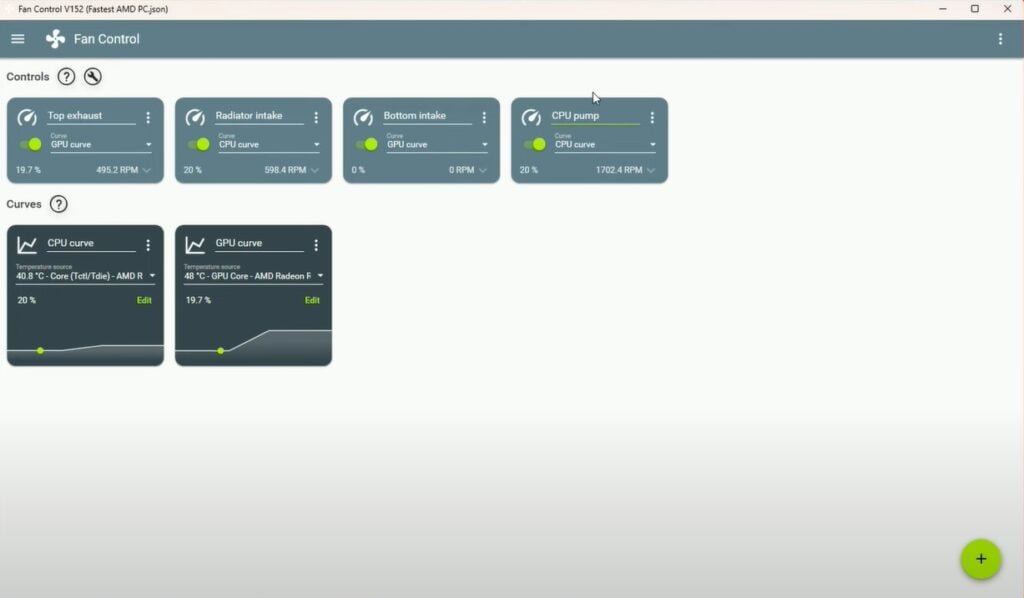
The fan control software is used to control the speed of all fans and the pump.It is completely free and very easy to use and set up.
There is no need for any kind of special Fan Hub or anything like that.The GPU is used as a temperature source and the fan curves are based on that.
The biggest advantage here over just using your motherboard’s BIOS is that you can change things on the fly without having to reboot.
Thermal Performance
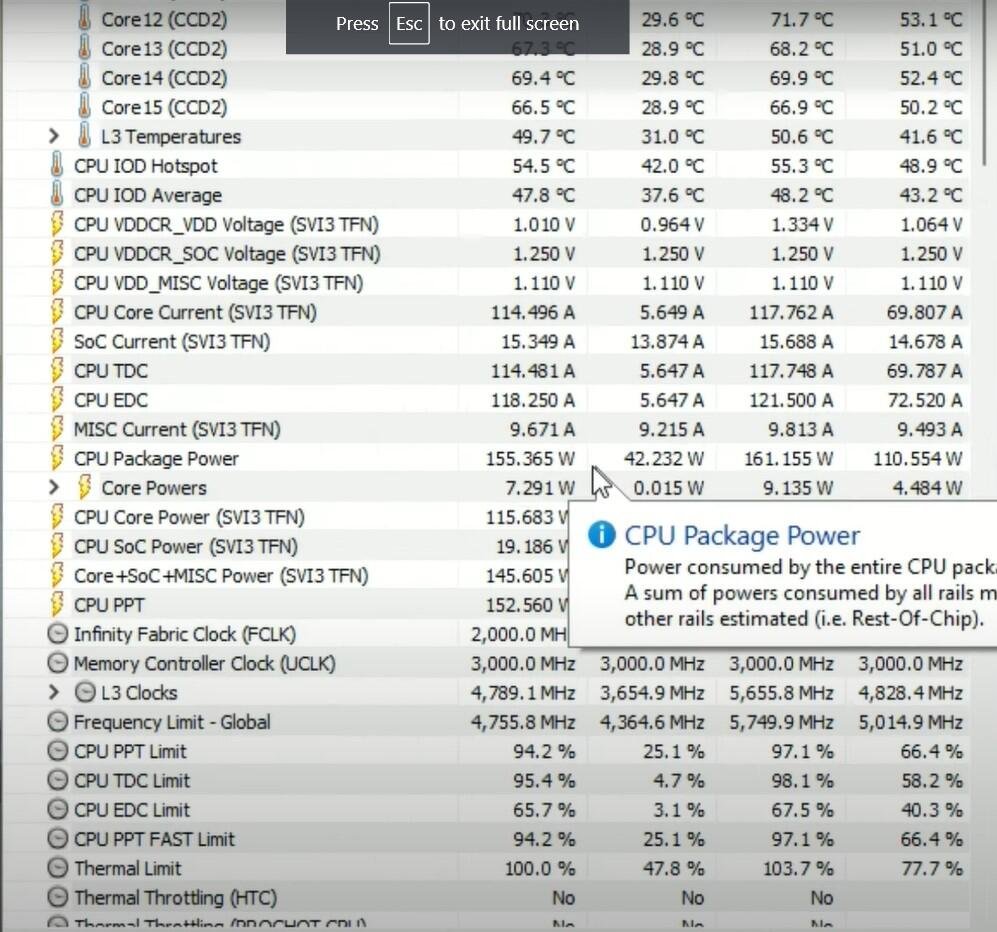
Running the other four fans at around a thousand RPM may result in some pretty decent thermal performance.The 7900 XTX in furmark did not go over 70 degrees with a room ambient of 23.
The total board power here was at 375 watts and the memory Junction temp was getting a little bit toasty but nothing unreasonable.The 7950x 3D, on the other hand, hits its thermal limit of 90 degrees at not even 160 Watts.
Gaming Perfomence AMD PC

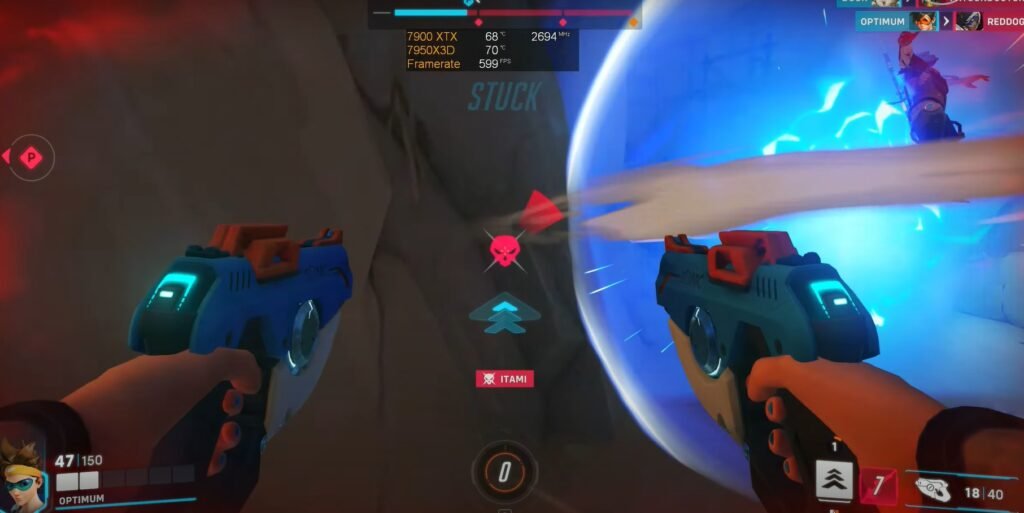
A: The fastest AMD PC is suitable for a wide range of tasks, including gaming, video editing, 3D rendering, and other CPU-intensive tasks that require high-speed processing.
A: Yes, the fastest AMD PC is designed to be upgradeable, so you can add more RAM, storage, or upgrade the graphics card in the future.
A: The fastest AMD PC requires a high-performance cooling system to prevent overheating. It is recommended to use liquid cooling or a high-end air cooling system.
A: Yes, you can build your own fastest AMD PC by selecting the right components such as the processor, graphics card, RAM, storage options, and cooling system. You can also consult with experts to ensure that you are selecting the right components for your needs.


